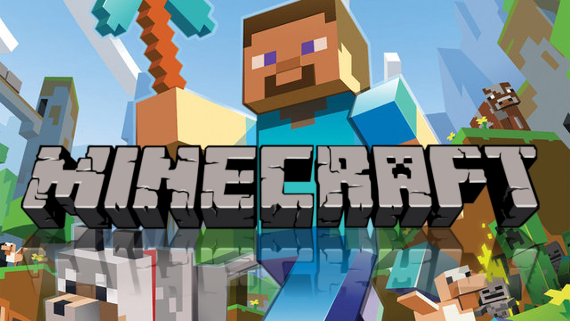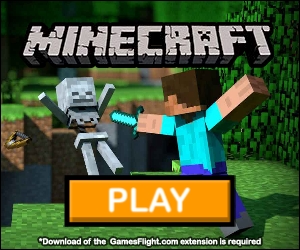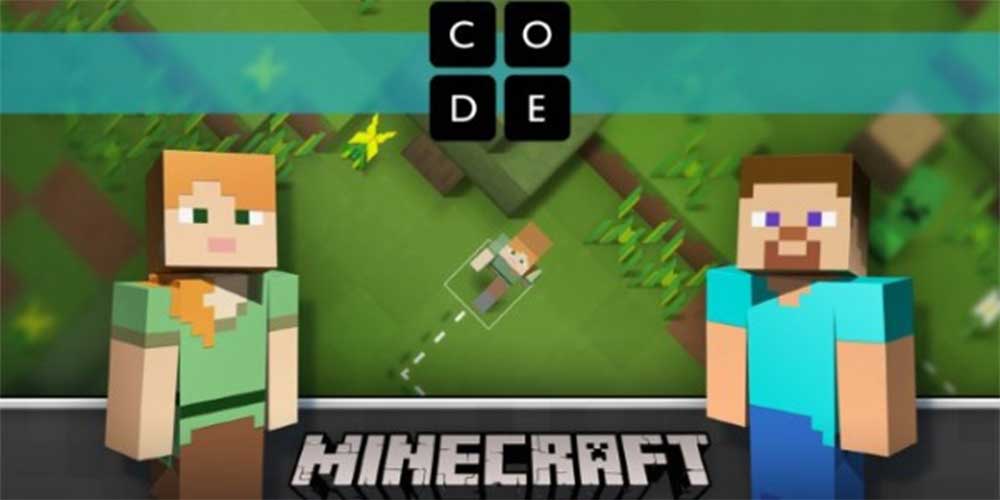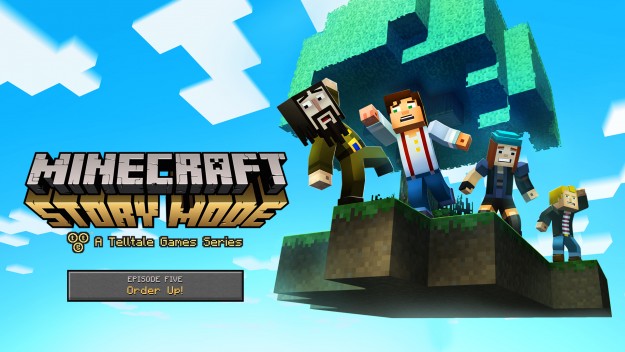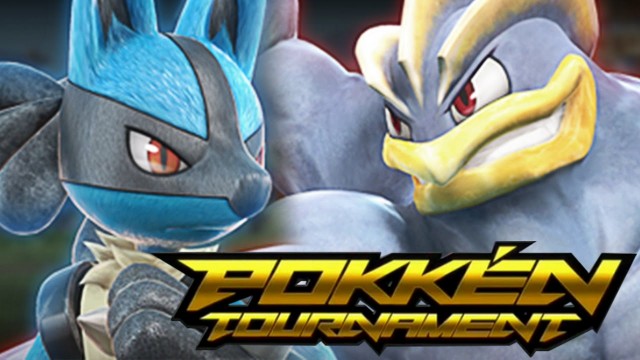Well, some fans can.
People who play Minecraft on PCs get lots of flexibility compared with those who use Minecraft Pocket Edition, the $7 version for phones and tablets running Apple’s iOS orGoogle Android. A new Minecraft for Windows 10, more like the Pocket Edition than the original Minecraft for PCs, is limited, too.
But the mobile and Windows 10 versions will soon escape their shackles. Microsoft is adding programmable items called command blocks to the mobile and Windows 10 versions, Jens Bergensten, lead developer on Minecraft, told CNET. The company hopes to enable more extensive changes called “mods” on both those versions, and on the one that runs on game consoles too, Microsoft said this month.
The decision by Mojang, the Minecraft developer that Microsoft acquired in 2014 for $2.5 billion, is a big deal in the gaming world. Bringing the PC version’s flexibility to mobile devices means millions more players can move beyond plain old vanilla Minecraft and dive into its deeper levels. And with mobile devices assuming an ever-more commanding presence in our lives, Minecraft has a better chance at keeping its crown as the video game equivalent of Lego, the all-purpose foundation that kids can take in whatever direction they dream up.
Command blocks and mods are core to the remarkable success Minecraft can claim as a tool that educators have embraced to help teach kids about everything from architecture to programming.

Minecraft 101
Mojang has sold more than 70 million copies of Minecraft so far. For anyone still not familiar with it, the game offers a virtual world with trees, cows, pigs, chickens and lakes for your character to explore. You can turn wood and underground minerals into houses, tools, armor and other things useful to survive the nightly onslaught of dangerous “mobs” of zombies and creepers.
That’s survival mode. In Minecraft’s creative mode, mobs are harmless, resources are infinite and you build vast structures at your leisure. You can also build interactive devices wired with circuitry using a material called redstone.
But for the original personal computer version, you can truly customize the game via the programmable items called command blocks and “mods,” short for modifications.
Using command blocks, you can add new Minecraft rules that do things like teleport players to a different part of the virtual world, reward them with a powerful sword, confine them to a jail, summon a flying pig into existence and obliterate all dangerous zombies. Mods enable more extensive changes by altering the programming of Minecraft itself: for more excitement, fly on Minecraft dragons, boost Minecraft’s graphics or add the risk of toxic gases when you’re mining.
Researching options
“Modding is a core element of the Minecraft community,” Bergensten said. “In order to support mods for other platforms, we need to create a system that allows this without modifying the application itself. We are currently researching our options and hope to solve this soon.”
That’s good news for the enthusiasts out there who’ve poured thousands of hours into custom versions of Minecraft, such as the vast WesterosCraft world that reproduces much of the “Game of Thrones” fantasy realm in a Minecraft universe.
Bringing the mobile versions up to the same level as the PC versions will be tough, though. The processing horsepower is catching up, but command blocks, for example, require players to type long, complicated text commands — hard even with a full-size keyboard.
“Usually what is the most time consuming is to adapt the user interface for touch and gamepad, especially considering it’s a bit more cumbersome to type text,” Bergensten said.
But Microsoft and Mojang are working on it. “Our ambition is to reach feature parity as soon as possible, ” he said, “including command blocks.”
